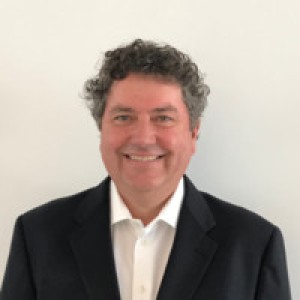- Video Library
- Jeff Amacker Presents TibaRay at LSI USA '23
Jeff Amacker Presents TibaRay at LSI USA '23

Jeff Amacker
Jeff is a successful general manager who retired from Varian Medical Systems after 28 years to start his own consulting and financial planning business. He blends 17 years of engineering experience and 16 years of successful business management to provide unique perspectives on strategy, business leadership, new product development, partnerships and financial planning.
Jeff Amacker
Jeff is a successful general manager who retired from Varian Medical Systems after 28 years to start his own consulting and financial planning business. He blends 17 years of engineering experience and 16 years of successful business management to provide unique perspectives on strategy, business leadership, new product development, partnerships and financial planning.

17011 Beach Blvd, Suite 500 Huntington Beach, CA 92647
714-847-3540© 2025 Life Science Intelligence, Inc., All Rights Reserved. | Privacy Policy







